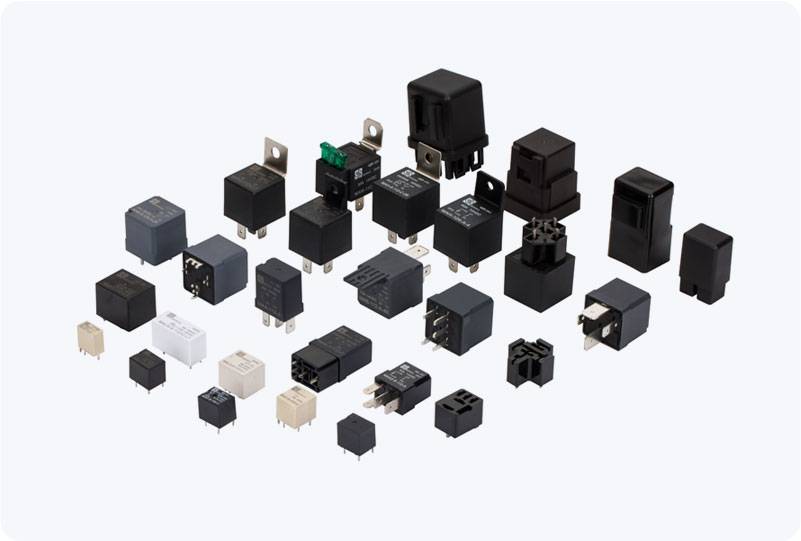Testing an industrial relay with a multimeter is a simple yet crucial process for ensuring the reliability and functionality of your relay in industrial settings. A relay plays a critical role in controlling circuits, often used to switch higher power devices on and off using a low power control signal. Over time, relays can wear out due to electrical overloads, mechanical failures, or environmental factors. Regular testing is vital to ensure that the relay operates efficiently, preventing costly failures or system downtime. This article will guide you on how to test an industrial relay using a multimeter, helping you diagnose and maintain relays effectively.

1. Understanding the Relay Before diving into the testing procedure, it’s important to understand the basic components of a relay. A typical industrial relay consists of two main parts: the coil and the contacts. The coil is an electromagnet that gets energized when current passes through it, while the contacts are used to complete or break a circuit. The contacts can be either normally open (NO), which remain open until the relay is energized, or normally closed (NC), which are closed until energized. The common (COM) terminal connects to both NO and NC contacts. Relays may come in various configurations depending on their application, but understanding these basic components is critical for accurate testing.
Leave a Reply